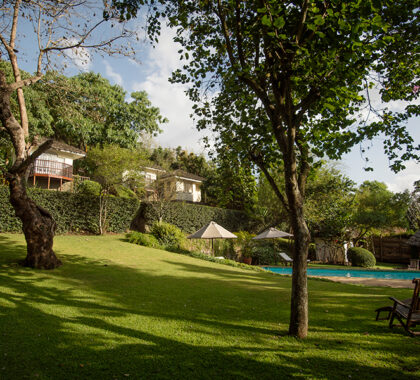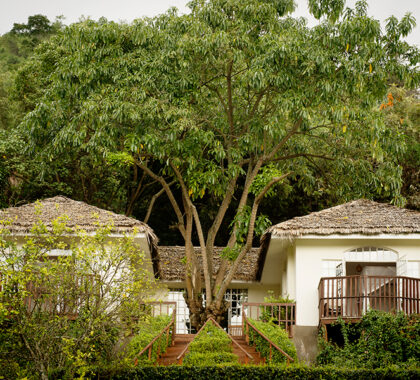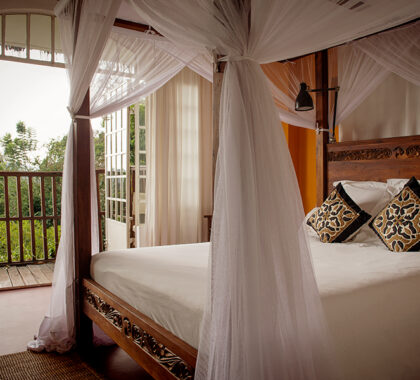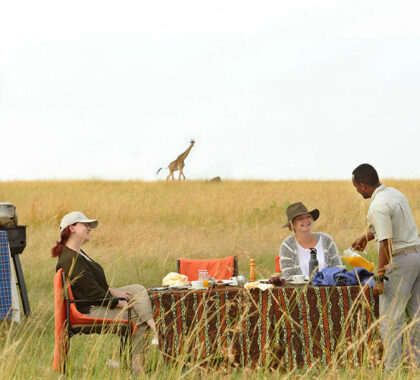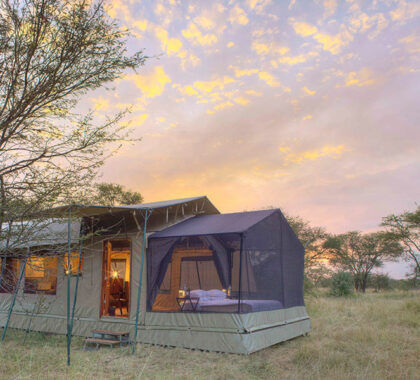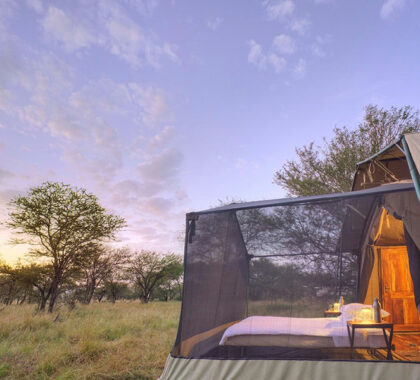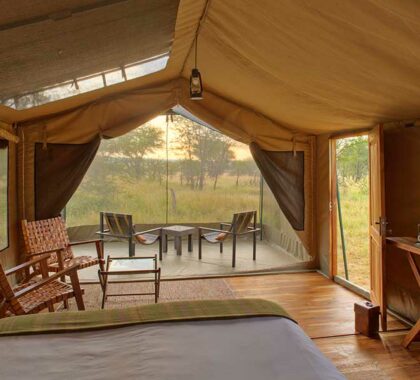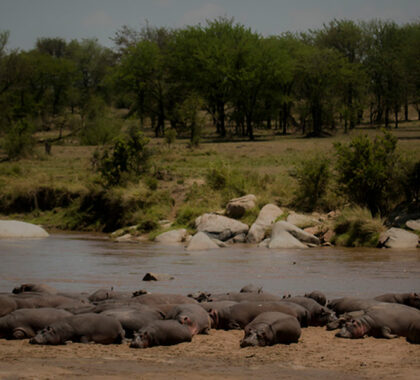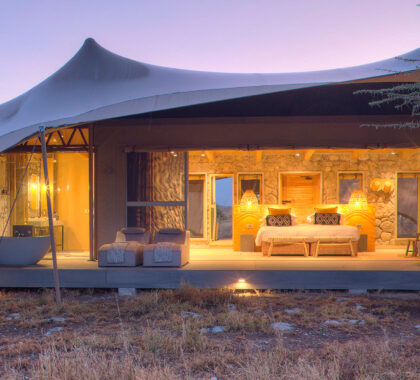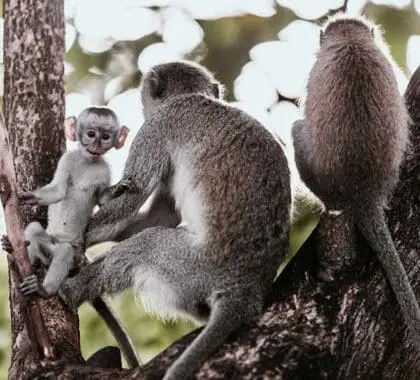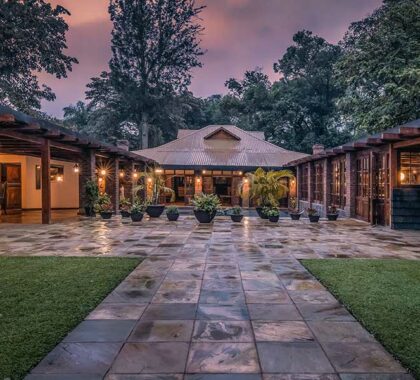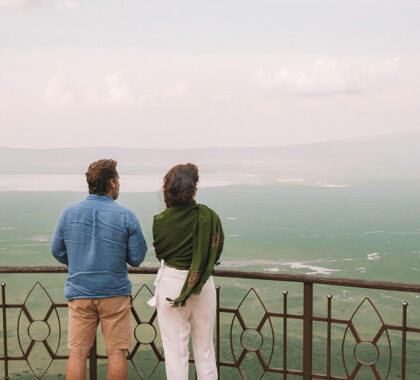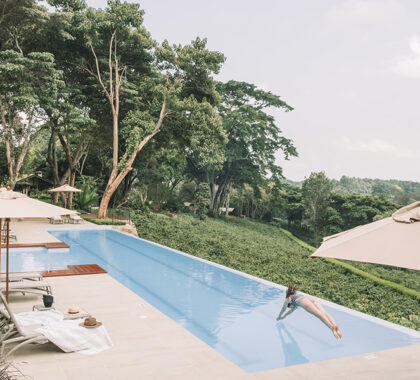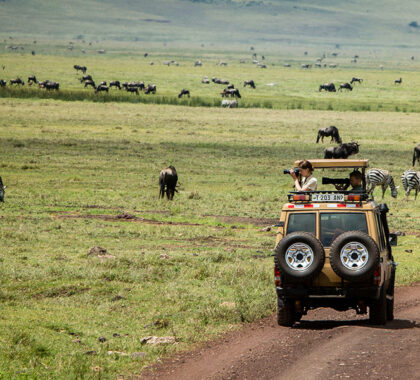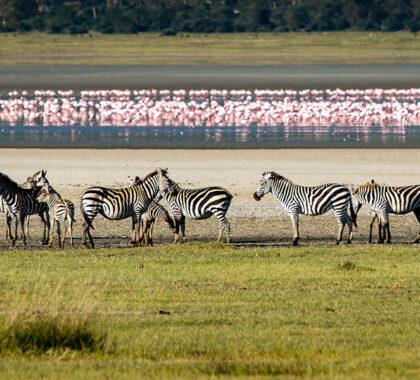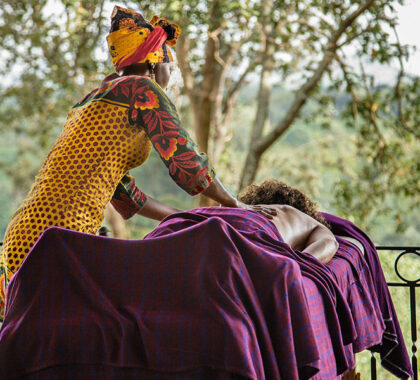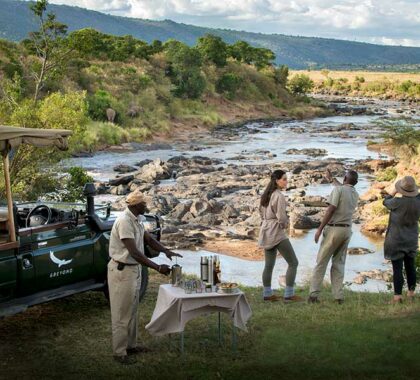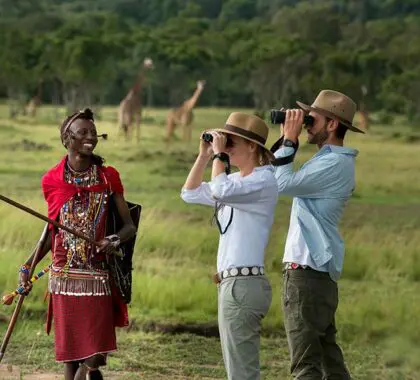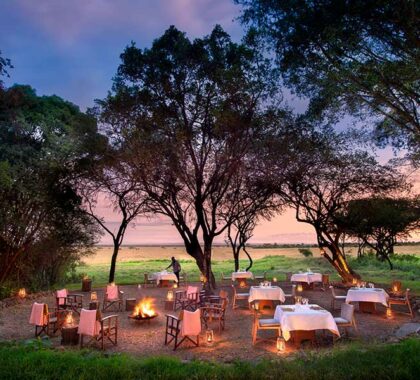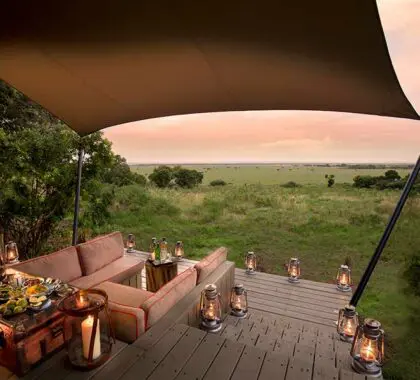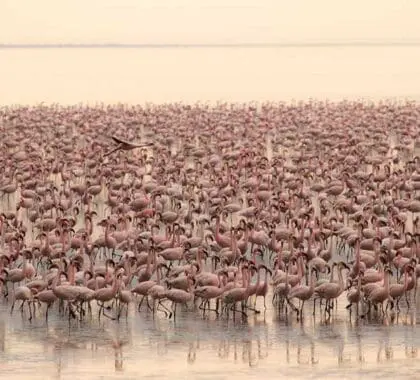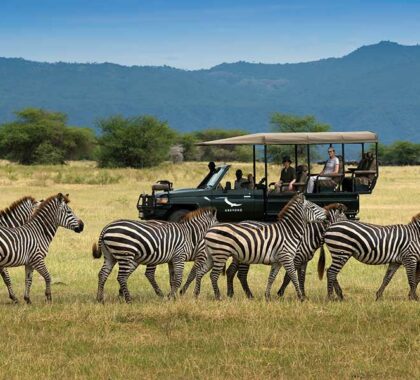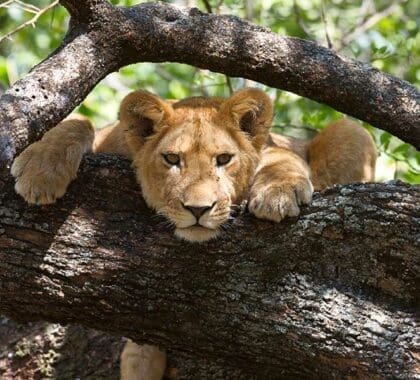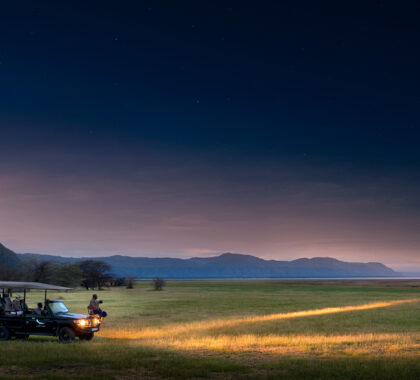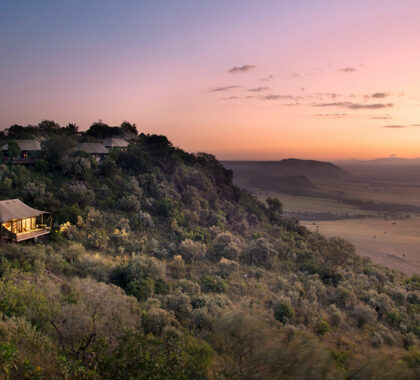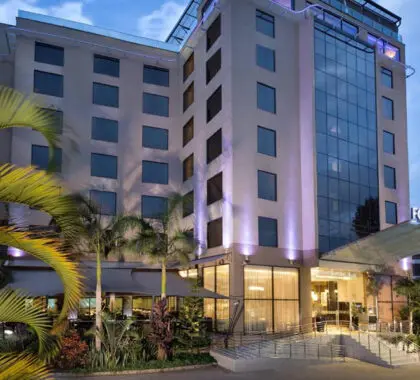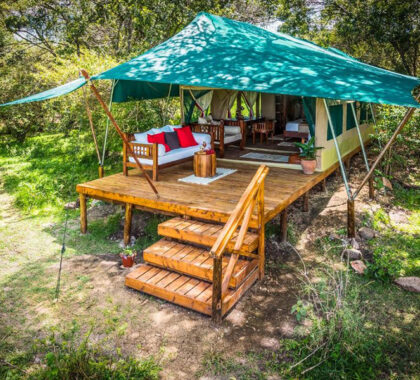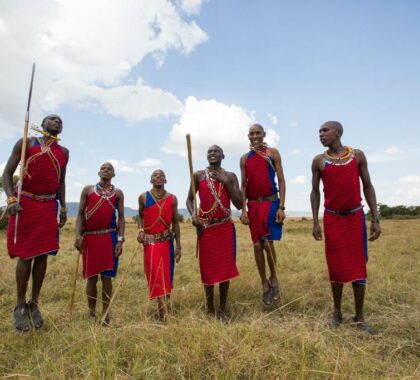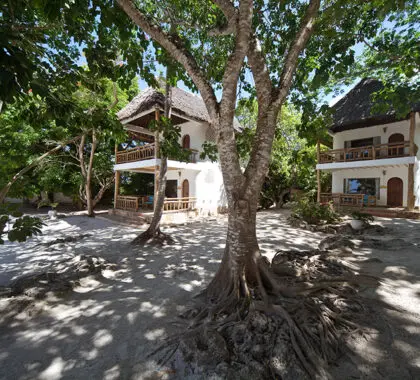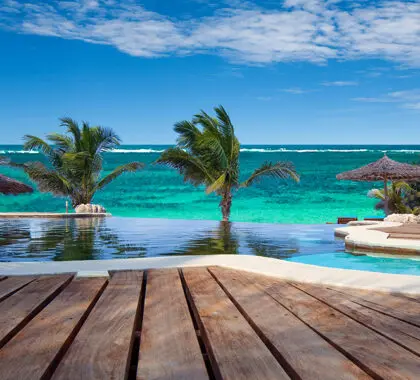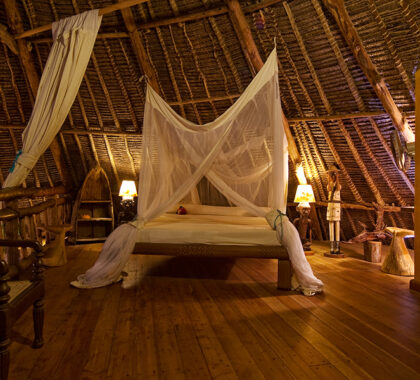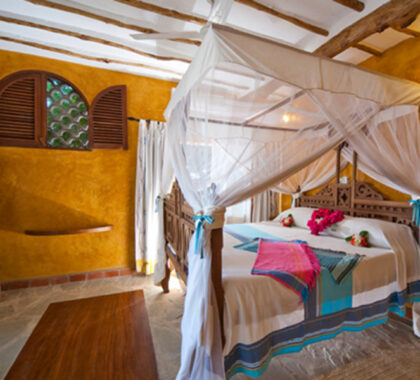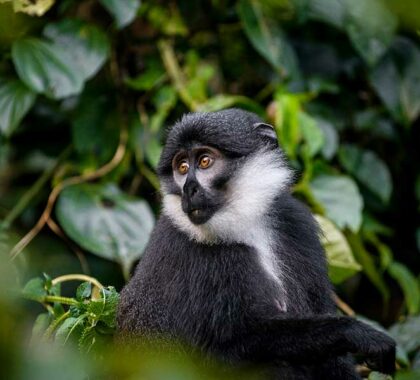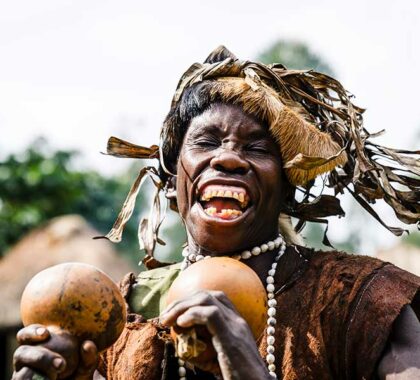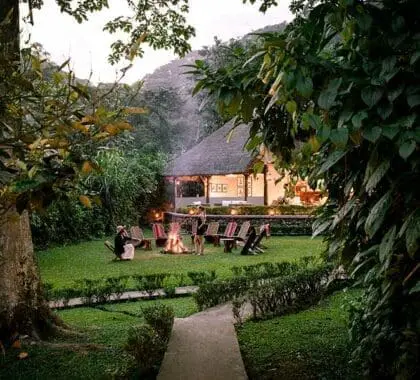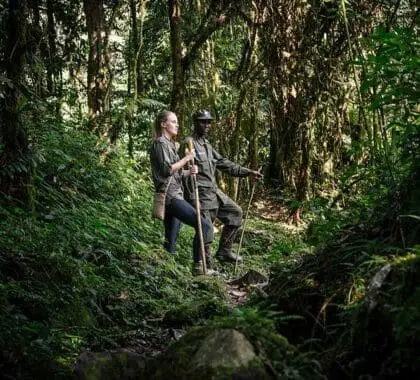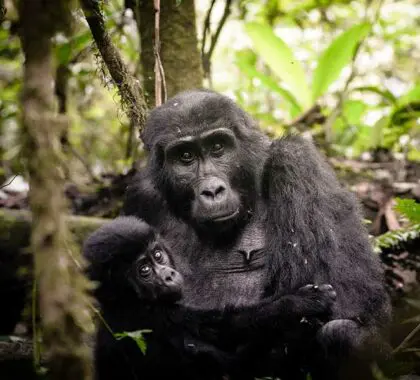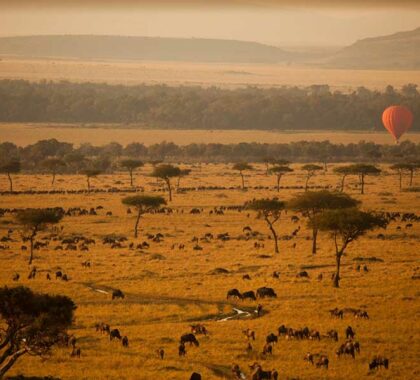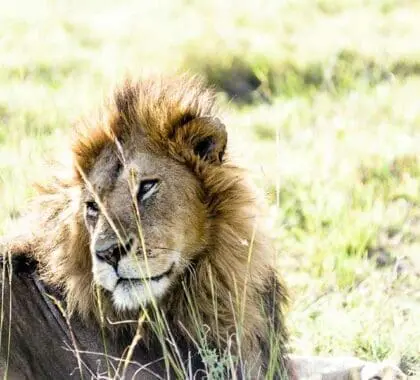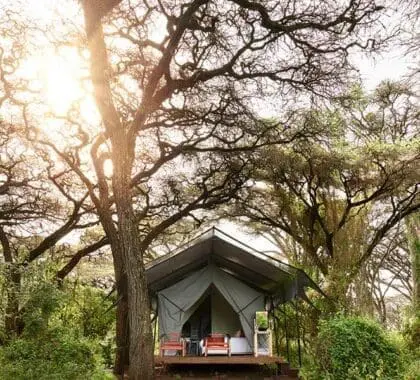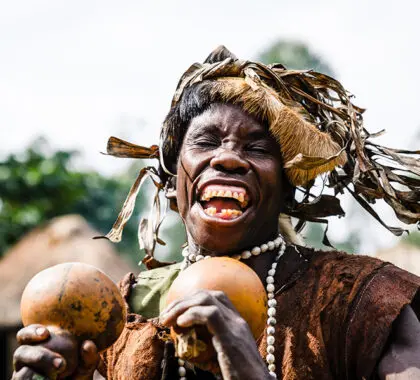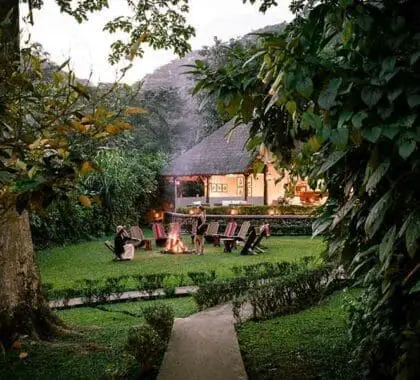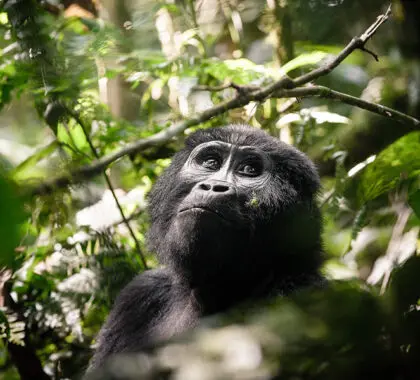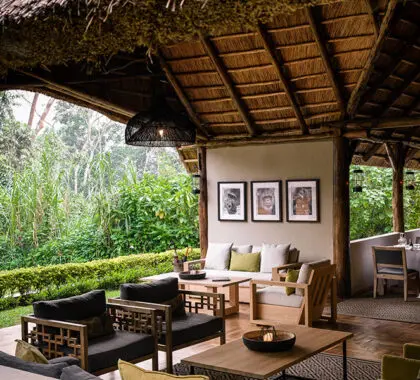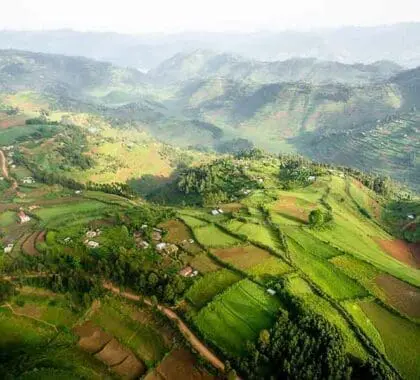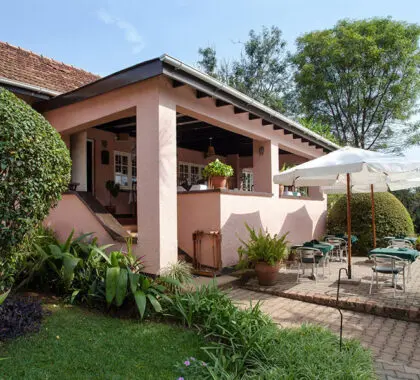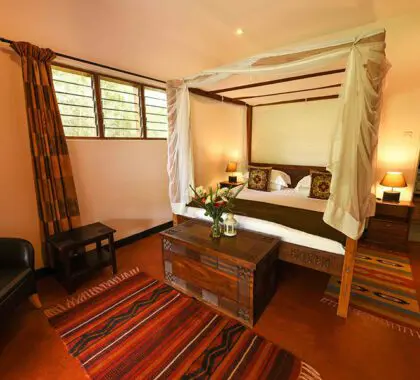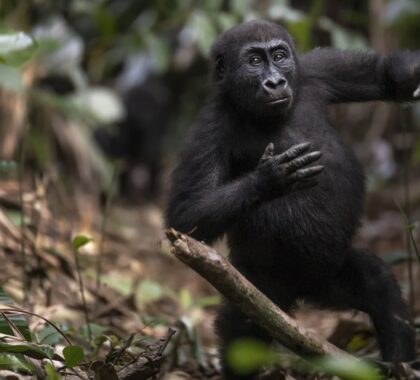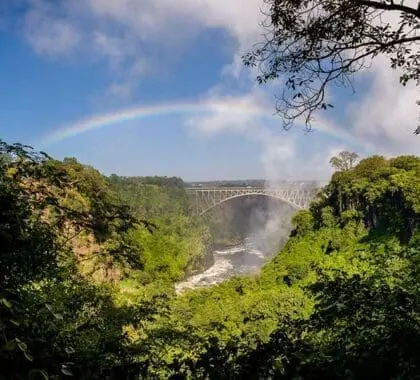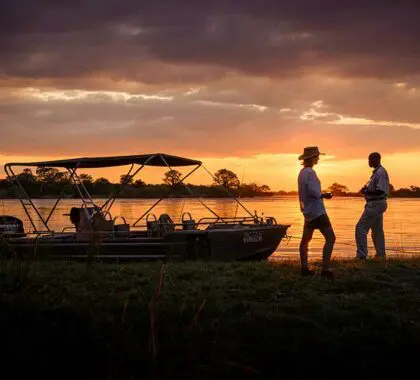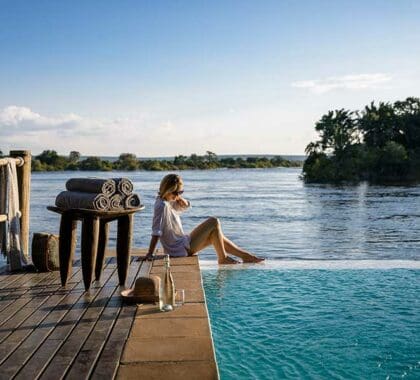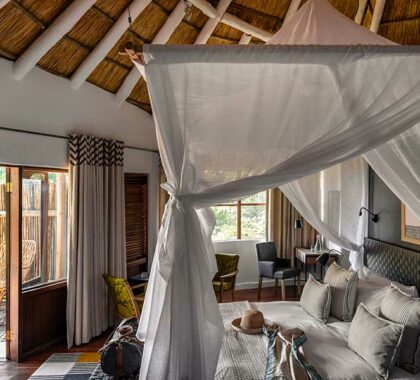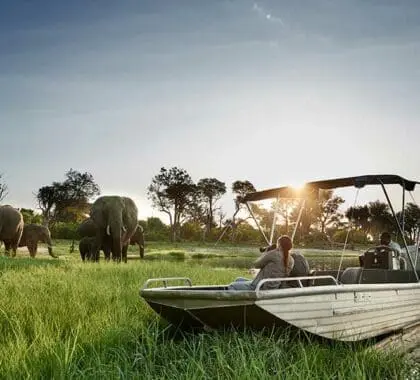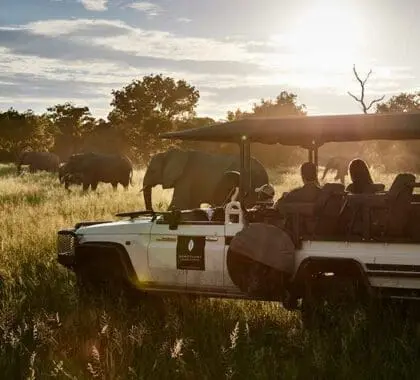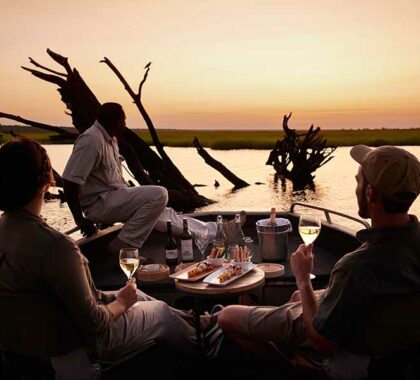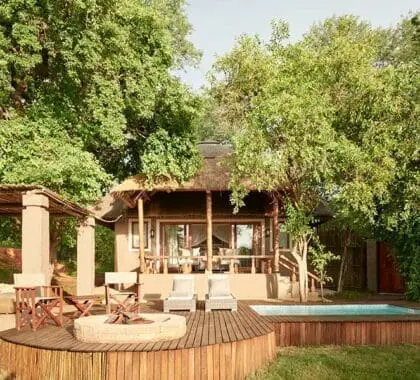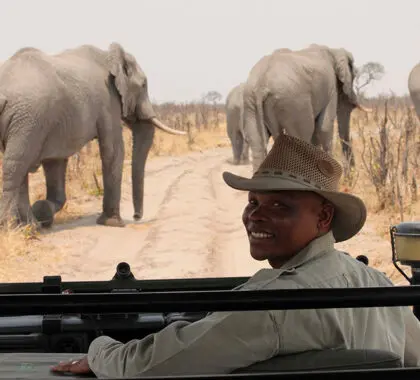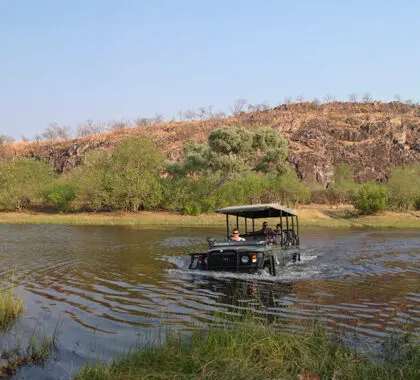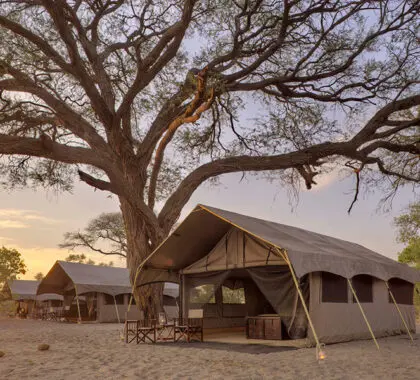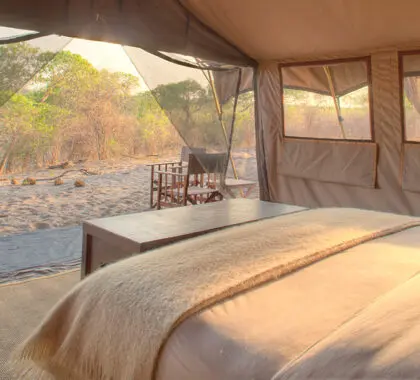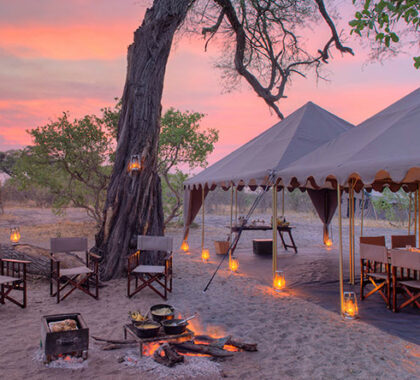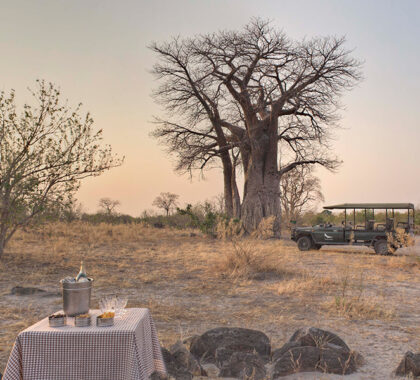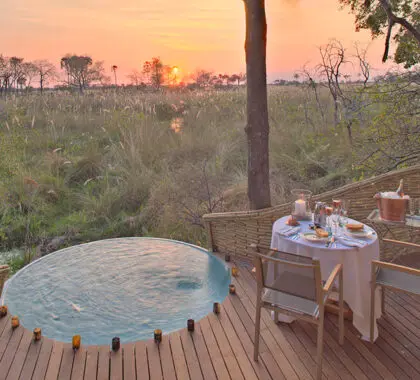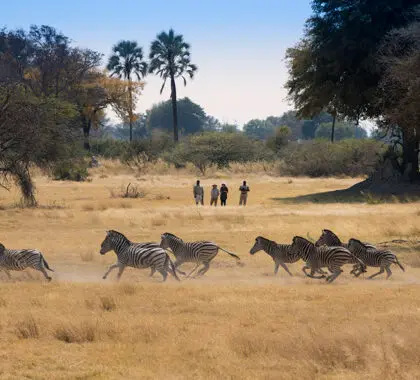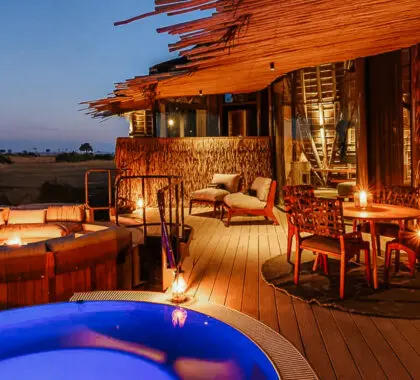Estimated reading time: 7 minutes
Gathered around a cheerful fire, July’s safari travellers discuss the sightings of the day. The winter night sky is so full of stars it lends a luminous glow to the scene and the far-off baying of hyenas promises a busy game drive in the morning.
Travel to Africa in July and enjoy all the advantages that mid-winter brings to the continent. The summer rains are a distant memory, as are their attendant bugs and impenetrable greenery. Days are dry, mild and sunny; nights are cold and clear. In Southern Africa, animals are clustering at rivers and waterholes. In East Africa, the drama of the Wildebeest Migration is reaching its peak.
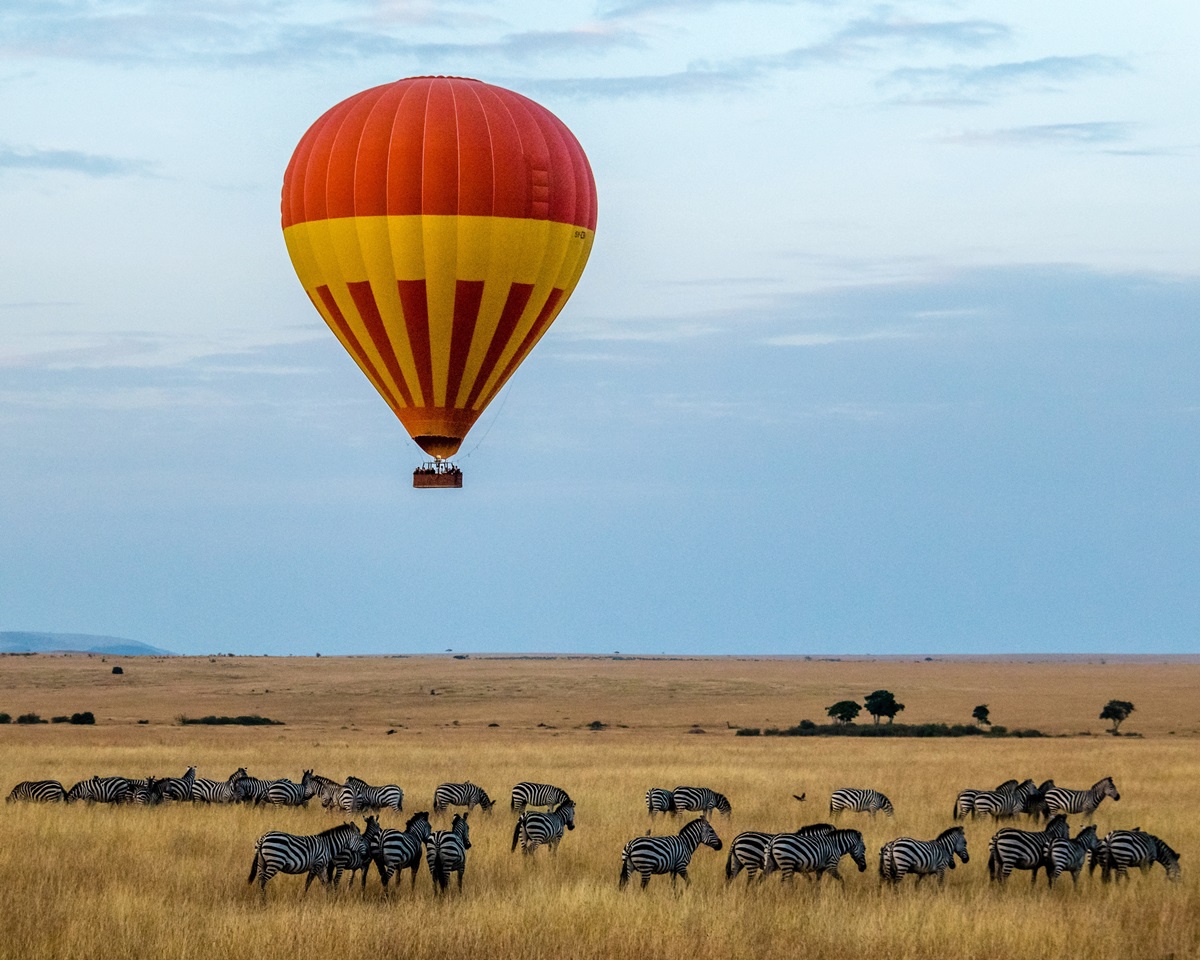
Be careful if you are planning to combine destinations, though. Cape Town is always a tempting add-on to an African safari, but it sits under rainswept skies in July. And the southern coast of South Africa – known as the Garden Route – illustrates why sailors nicknamed it the Cape of Storms. But from South Africa's KwaZulu-Natal to Kenya, the tropical Indian Ocean coast basks in generous winter sunshine, and with so many safari destinations in top form, July is one of the best times of the year for a safari-and-beach combo.
It's a tough call to decide where to go in July – more or less everywhere is good – but if it's heavyweight game viewing you want, in the best conditions and with a tropical beach holiday to crown your safari, then have a look at our best recommendations...
Serengeti, Tanzania – The Great Migration
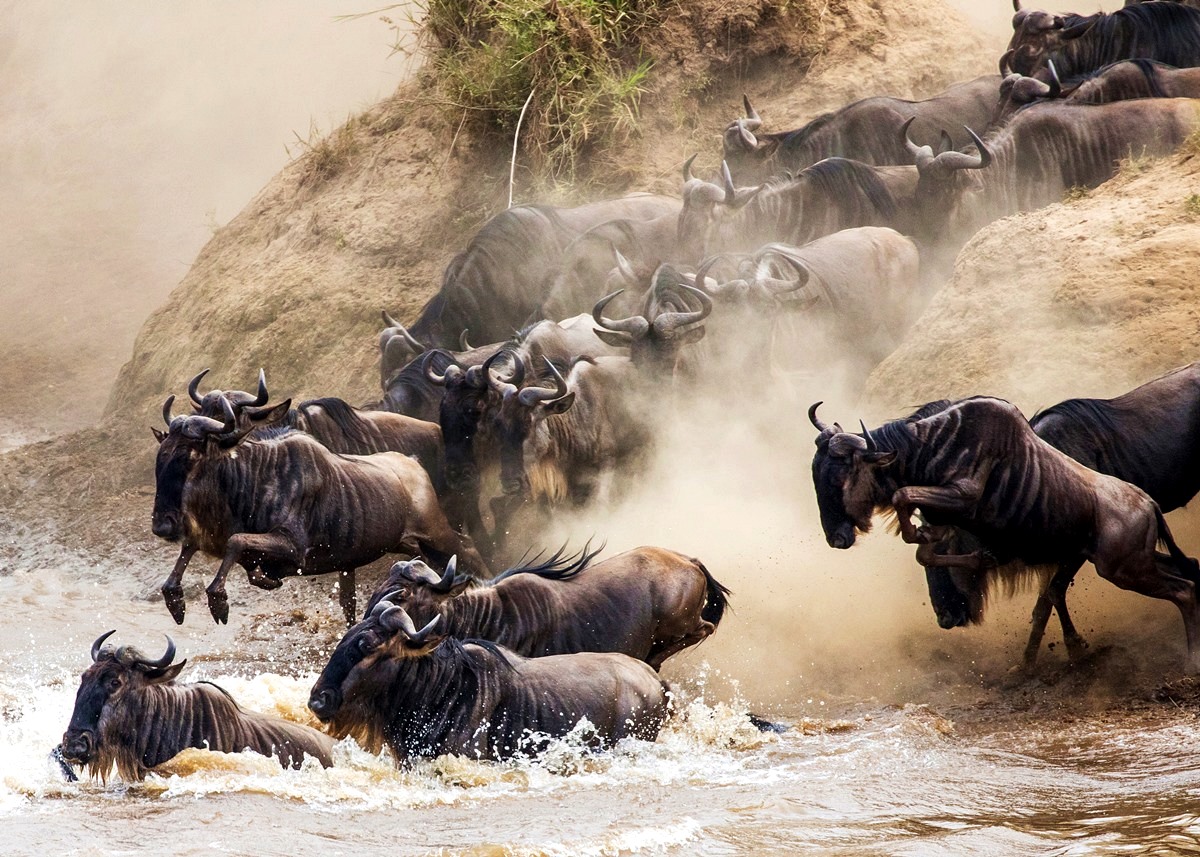
By July, the heaving bulk of the Wildebeest Migration has usually arrived in the western and northern Serengeti, depending on the year’s rainfall cycle. Their ranks punctuated by clusters of bar-coded zebras, the wildebeest continue their trek back to the Masai Mara, pausing at the rivers that block the way. The river banks are battered and muddy after earlier crossings and the following wildebeest struggle to safety: some slip back into the water, others can’t get out.
That’s good news for Crocodylus niloticus, the Nile crocodile. They’ve been waiting patiently for 4-legged prey for a while and they throw themselves at the bounty with all the bone-snapping grace that a prehistoric reptile can muster. It’s not pretty but it is off-the-charts-dramatic.
The best areas to see the action are in private concessions. The exclusive-use Grumeti Reserves ensure lower visitor numbers than the main Serengeti National Park and you’ll stay at fabulous lodges or tented camps with views over the game-filled plains, studded with iconic acacia trees.
Migration Safari Planning Tips:
- Book early – at least a year in advance. Lodges and camps fill up fast, as July is in the middle of safari’s high season.
- Go private. The national parks can get very busy during safari’s high season (June to October). If you’re looking for exclusivity plus accessibility to the herds, consider staying in a private reserve or conservancy.
Want to Know More About a Migration Safari?
Masai Mara & Seychelles – Bush & Beach
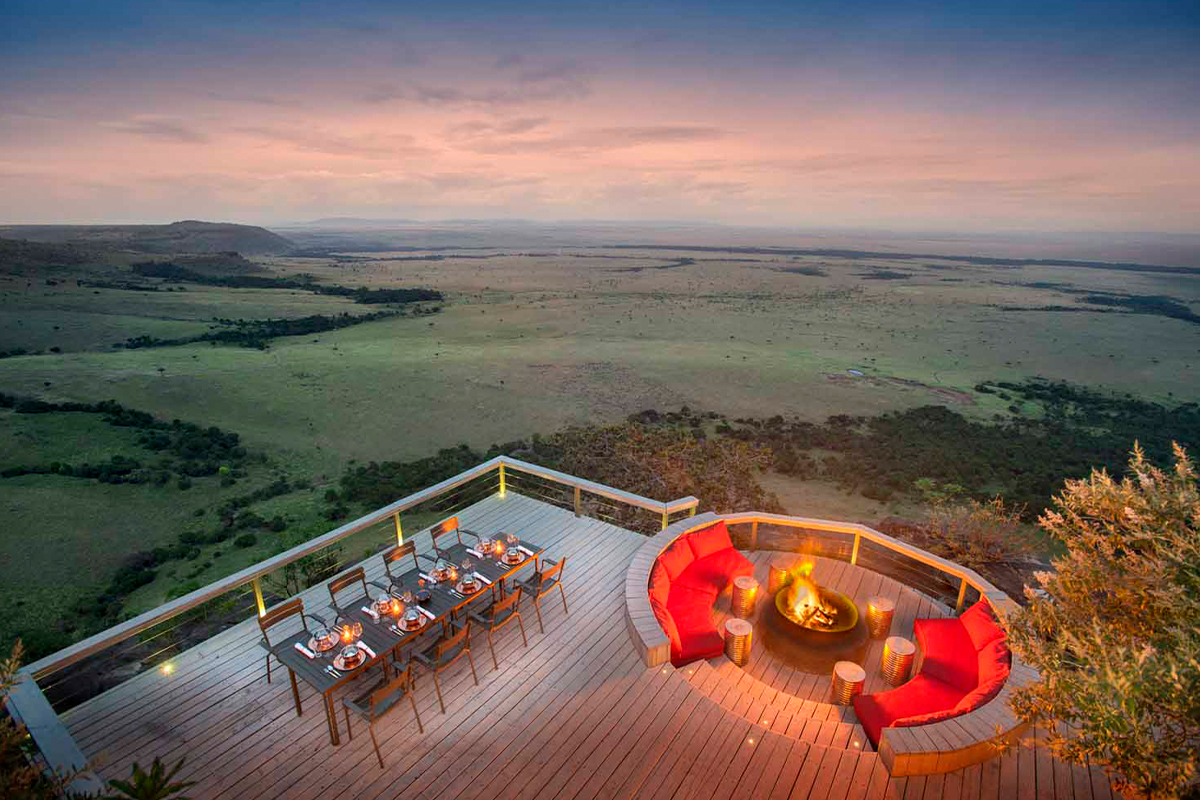

You could throw the names of Africa’s best safari and beach destinations into a hat, pull out any two and have an epic July holiday. But if you’re interested in our know-because-we-go favourite combination, then you can’t do better than combine the Masai Mara with the Seychelles.
Kenya’s Masai Mara is best known for its role in the Wildebeest Migration. Indeed, the first herds start to trickle into the reserve at this time of year (once again, depending on the annual rain) – a taste of the hundreds of thousands to follow in August and September. But it’s not for the Migration that I’m recommending the Mara at this time of year, it’s the fact that the mega-herds aren’t here that makes it so appealing.
Unspoilt by peak-season crowds, the Masai Mara is gorgeous in July. It’s the driest month of the year with an average temperature of 25C / 77F so you’ll still enjoy warm sunny weather and crowd-free game viewing, which is – this is the Masai Mara we’re talking about – utterly superb. This is the time to see cheetah returning to the plains to prey on wildebeest calves and elephants moving into the acacia woodlands for fresh feeding grounds.
Speaking of good weather, July is the driest month in the Seychelles. Temperatures in this undisputed ‘pinch-me-I’m-dreaming’ destination hover at the yearly average of 26C / 79F and the humidity is tempered by cooling ocean breezes. Golden beaches, teeming reefs, hammocks slung between palm trees… and just a 2-hour flight from Nairobi, the gateway to East Africa and international hub for your Masai Mara connection.
More Bush & Beach Trip Ideas
Uganda & Rwanda – Gorilla Trekking
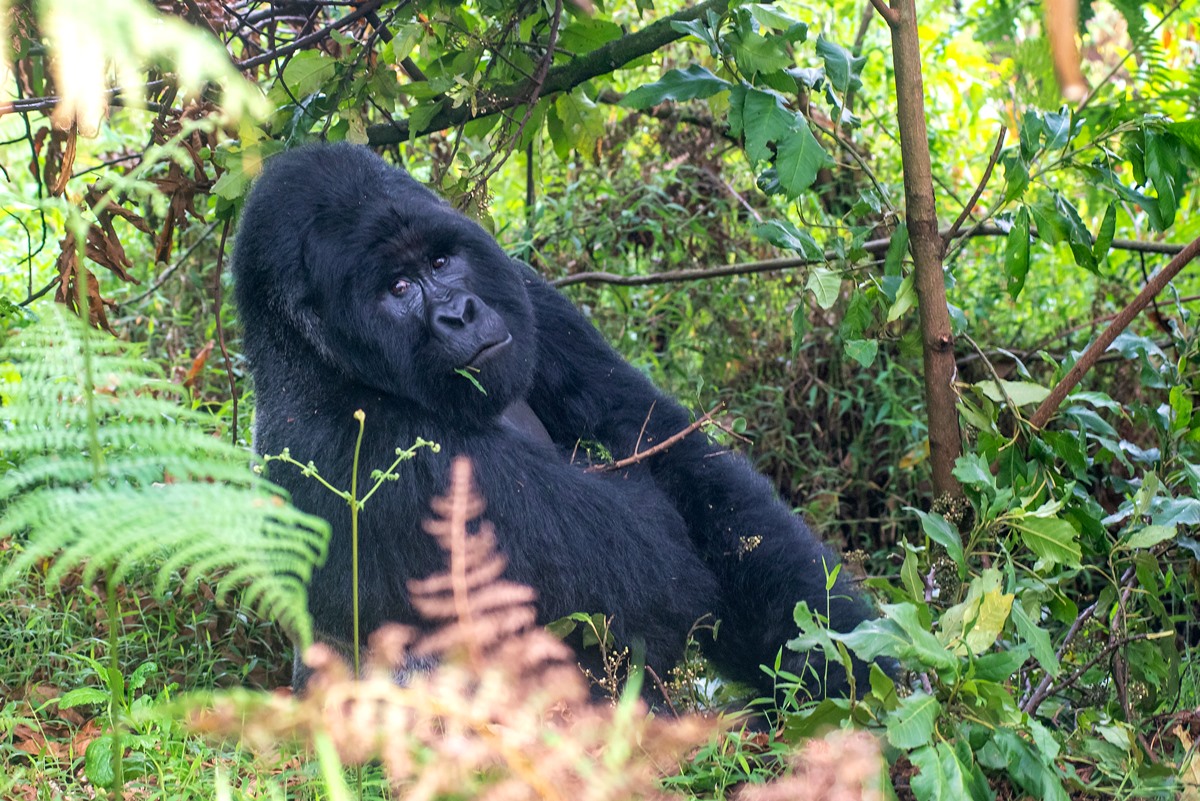

If you’re going to visit a rainforest and you want the most comfortable climatic conditions possible, Uganda’s Bwindi Impenetrable Forest or Rwanda’s Volcanoes National Park is where to go in July.
Accompanied by a guide and a tracker, hikers follow fresh-cut paths, trekking for an hour or three to sit a while with habituated gorilla families. If you’re lucky, the gorillas will be content to ignore the whirring of your camera while they feast on July’s ripe fruit. Like us, they prefer the sweeter ones.
Okavango Delta, Botswana – Land & Water Safaris
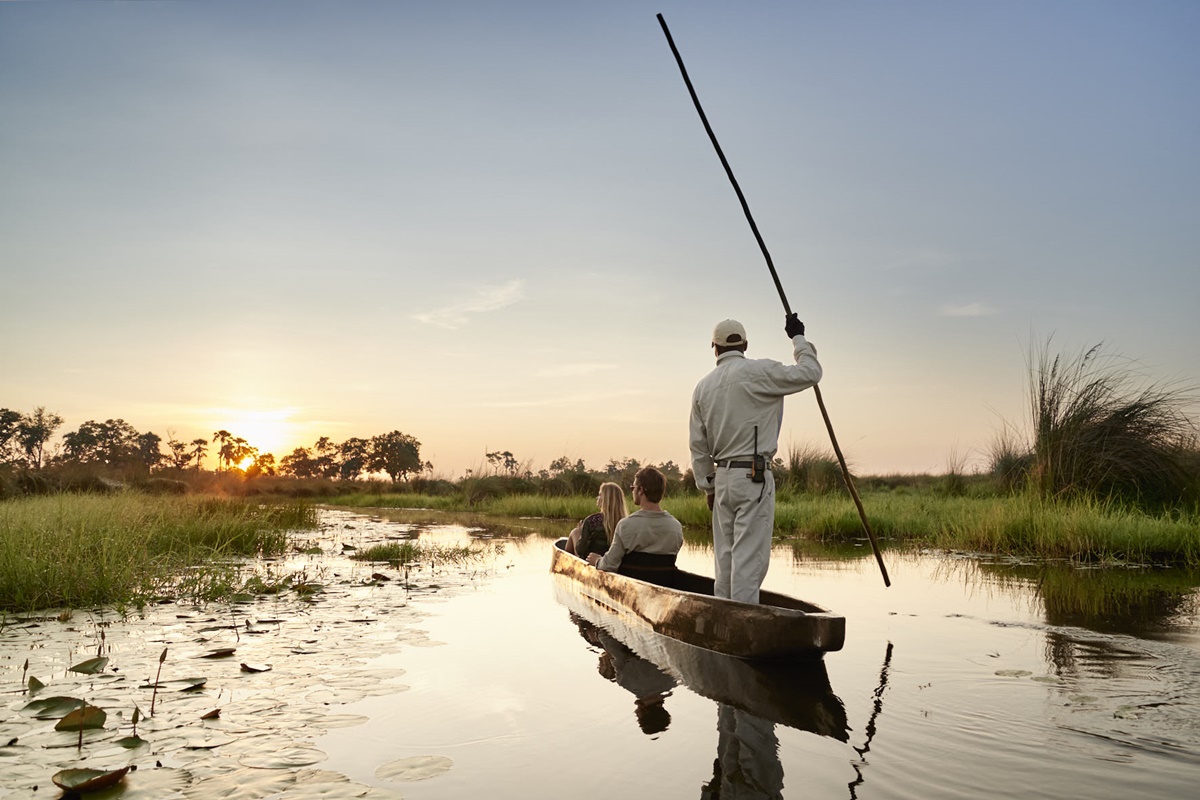

Stepping outside your tent at dawn, your breath forms clouds of condensation, mirroring the wisps of vapour coming off the lagoon in front of you. The Okavango Delta may be at the heart of the Kalahari but at this time of year, the early morning temperature hovers around the chilly mark.
But winter’s cold, crisp air translates into perfect photographic conditions and July in the Delta gleams and glitters with sunlit imagery. The annual floods have refilled the Delta’s extravagant web of rivers, spilling over to form huge floodplains that are home to red lechwe, a grazing antelope often pursued in a splashing frenzy by wild dogs. Cheetahs perch regally atop termite mounds to scan for prey while lions in the Duba Plains take on the weakest of the buffalo that arrive from the arid hinterland.
There’s plenty to keep the avid safari-goer happy: malachite kingfishers flash in front of you as your mokoro – the Delta’s quintessential ‘safari vehicle’ – floats past fields of water lilies, their lotus-like flower opening as the day warms up to T-shirt temperatures. Elephants are often seen wading along rivers, munching contentedly in this green wonderland, and July is when male impalas are in full rut: their throat-clearing roar of defiance is soon followed by the smackety-SMACK of colliding horns.
Ready to Visit Africa in July?
Whether you choose one of our recommended tours or have an African Safari Expert tailor-make a vacation, you really can’t beat Africa in July. In terms of climate, this month sees Africa at her most benign (perfect for families looking to fill up the long summer holiday) and, in terms of experience … well, nearly all of her best safari and beach destinations are worth visiting at this time of year. Africa in mid-winter? Things are just starting to heat up!

